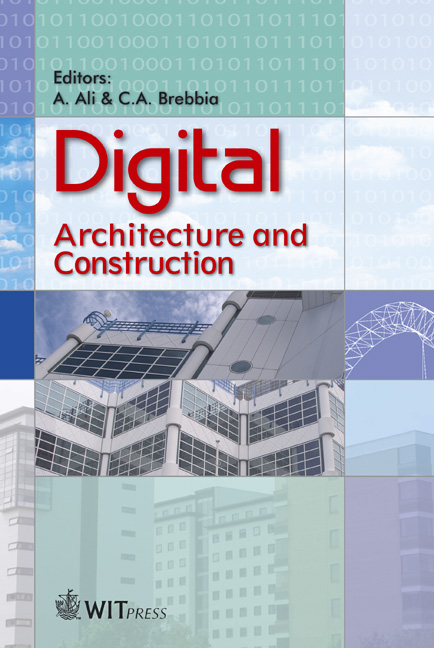Methods For Investigating Architecture: From The Physical To The Digital
Price
Free (open access)
Transaction
Volume
90
Pages
10
Published
2006
Size
268 kb
Paper DOI
10.2495/DARC060071
Copyright
WIT Press
Author(s)
D. Porter & R. Hanna
Abstract
This paper examines the relationship between traditional and modern methods of architectural investigation, namely: the ‘sketch’, the ‘physical model’ and the ‘computer’. It aims to test two propositions put forward by two schools of thought regarding the architectural ‘method’. The first suggests that the introduction of the computer as a working method would lead to the demise of the more traditional methods of sketching and model making. The second acknowledges the potential of technology but maintains that the computer as a device for abstraction is less effective than traditional systems of representation. A framework, based on the critical review of literature, was established and used as an intellectual vehicle for testing both propositions. It partly revolved around linking Popper’s three worlds of knowledge, the subjective, the physical and the objective to the three variables: the sketch, the physical model and the computer. The study concludes that although computers are superior in dealing with complexity, design fixation, and performance analysis of design alternatives, this power does not constitute a sufficient condition, as a cause, for the demise of traditional working methods, as an effect to follow. On the other hand, the biggest strength of traditional methods of sketching and model making is not in the link between drawing and ‘visual thinking’, as purported by many authors, but it is the material sense of the ‘physical’ model that gives rise to other senses such as ‘touch’ and ‘physicality’. The missing notion of physicality from both 3D objects and materials generated by the computer is undoubtedly its downfall. Keywords: the sketch, the physical model, architectural science, the computer, Popper, worlds of knowledge. 1 Introduction There is growing evidence to suggest that the type of design media one works with will influence the manner in which design problems are explored and consequently determines the nature of architectural product.
Keywords
the sketch, the physical model, architectural science, the computer, Popper, worlds of knowledge.




